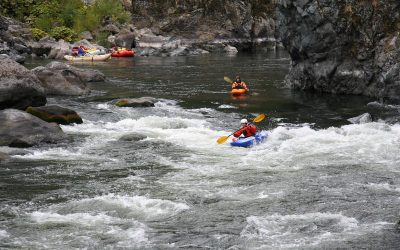Raise your hand if you want to relive the trials that 2020 has brought so far. Think about the number and breadth of issues that businesses have faced this year: Abrupt changes in how you conduct business or shutting your doors completely for a period of time Letting...
INSIGHTS
Thoughts on strategy and operations from a Fractional COO
A Kayaker’s View of Strategy and Tactics
I was not moving, stuck against a rock and fighting the current. It took all the effort I had to make progress. My choices were to figure out a new approach to moving my kayak or getting out and admitting defeat. I finally leveraged my way into open water. In that...
Lessons from a reality show
I’ll admit I’m a fan of survival reality shows like Survivorman and Naked and Afraid. These shows are entertaining to watch and you can learn lessons from reality shows too. I find The History Channel’s Alone to be one of the more engaging ones. The contestants...
You may be missing out
Like most entrepreneurs, you are used to digging in and doing whatever needs to be done. That's how you started and built your business. It's part of you. It's in your nature. It's the reason you are where you are. But there comes a season where you can't do it all...
Ready to take your first step towards breaking through to a new level of performance?
Then let’s hop on a call and see if System & Soul is right for you.





